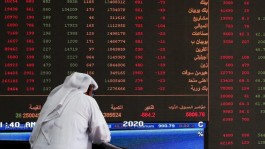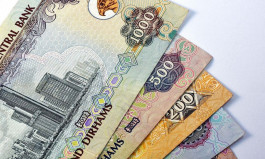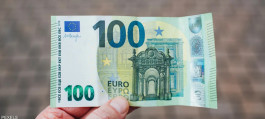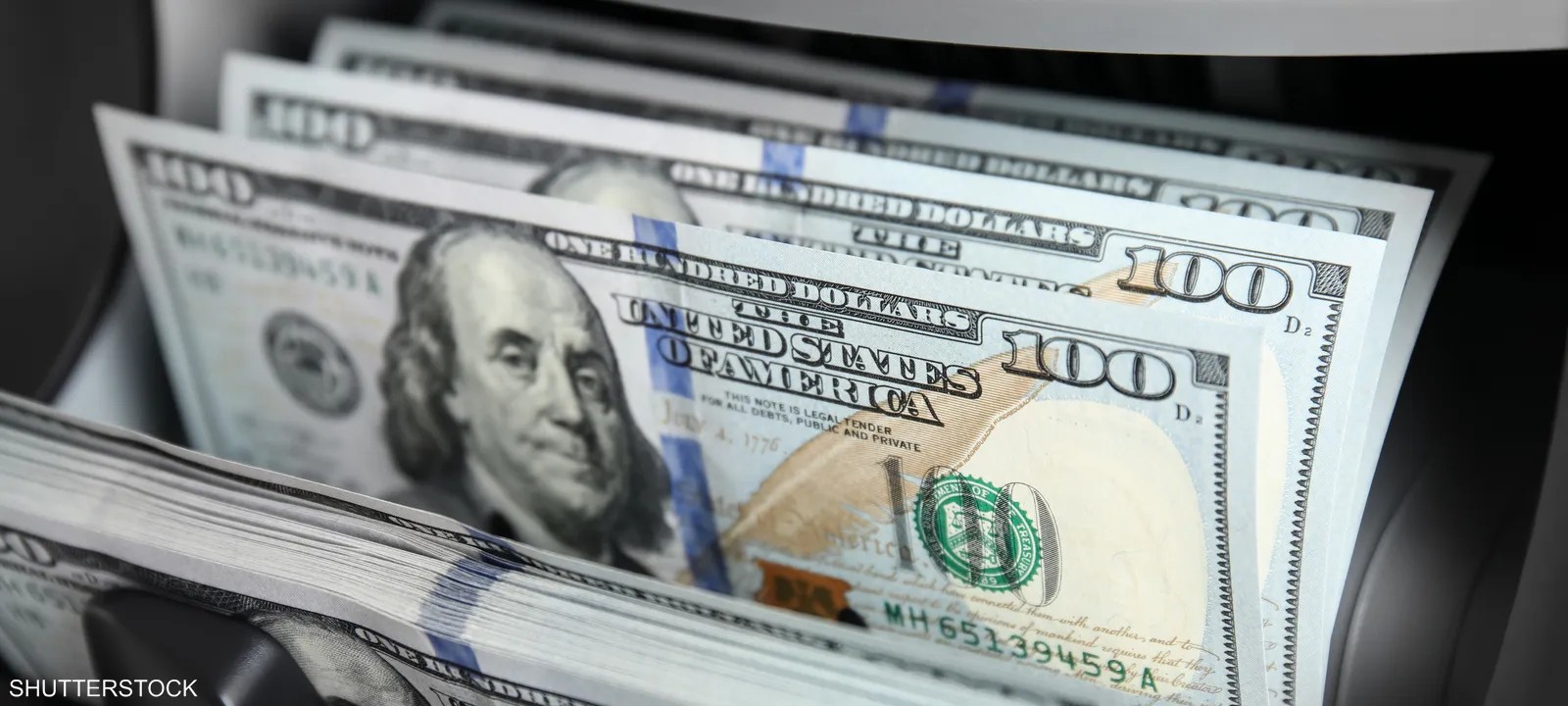The US dollar was steady this week as investors awaited inflation data from the US, Europe and Japan, which are expected to influence global interest rate expectations.
The foreign exchange market has recently been driven by a search for benefits, which has tilted in favour of the dollar while also reflecting mixed signals from US economic data that have created uncertainty over interest rate policies.
The euro, which gained 0.9% against the dollar last week, was trading at $1.0846, in a range it has held for more than a year. Trading activity was light today due to holidays in Britain and the United States.
Investors are awaiting German inflation data on May 29 and eurozone figures on May 31 for hints on the possibility of a European interest rate cut that traders have priced in for the following week.
The core personal consumption expenditures price index, the Federal Reserve's preferred measure of inflation, is expected to remain flat on a monthly basis.
Amid ongoing uncertainty over interest rates, investors have moved away from low-yielding currencies such as the yen, yuan and Swiss franc, opting instead for the euro and dollar.
The Swiss franc has fallen over the year, hitting its lowest level since April 2023 last week at 0.9928 francs per euro. The Chinese yuan closed weaker than 7.24 per dollar last week, its lowest level since early May.
The Japanese yen held steady at 156.87 against the dollar today, but struggled to find support despite higher Japanese government bond yields, which remain well below U.S. yields.
The Tokyo Consumer Price Index, a reliable indicator of Japan's inflation trend, will be released on May 31 and is expected to attract investors' attention.
The expected change in US stock market settlement from two days to one day is also being closely watched in currency trading, as it could boost early morning trading volumes in Asia.







































